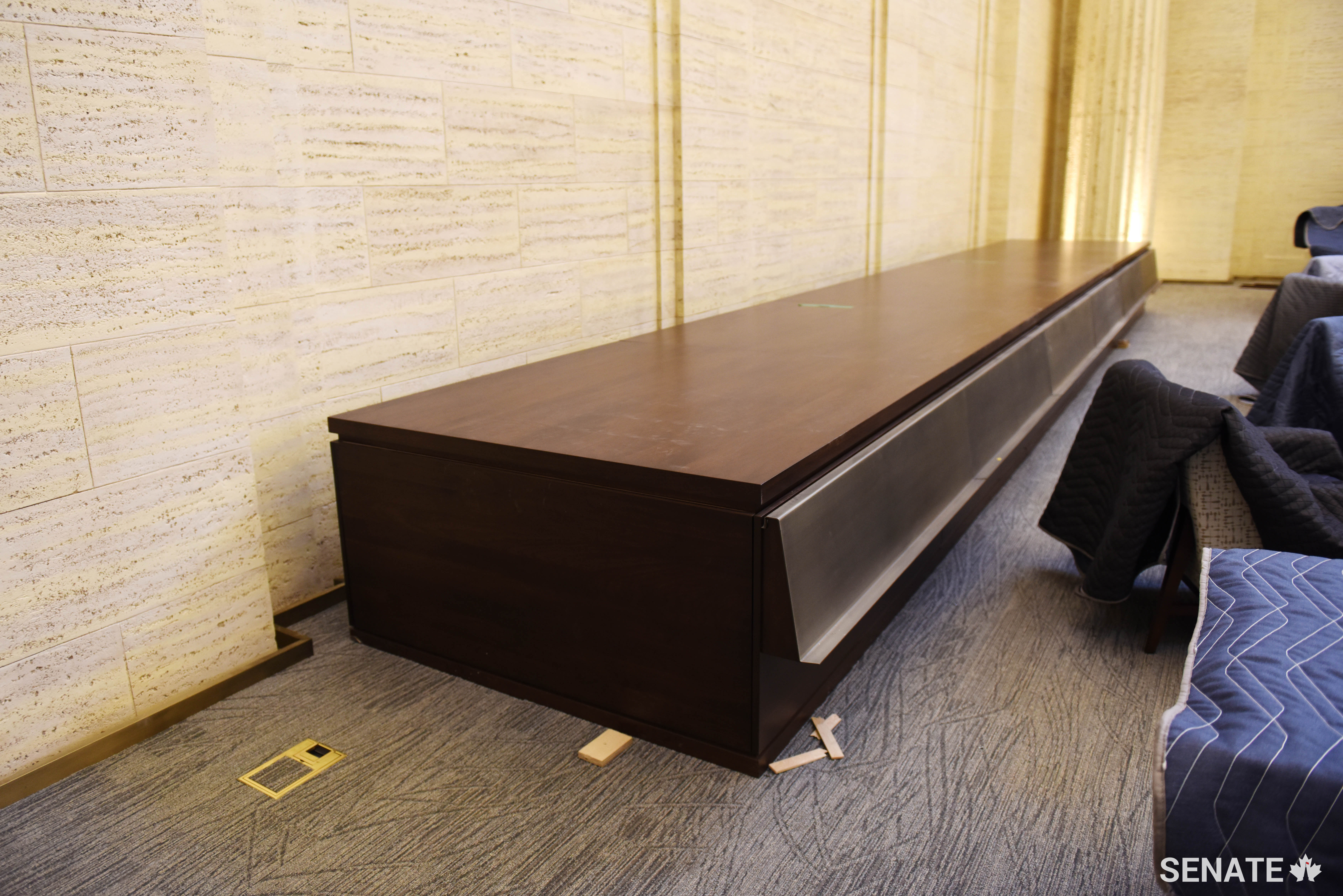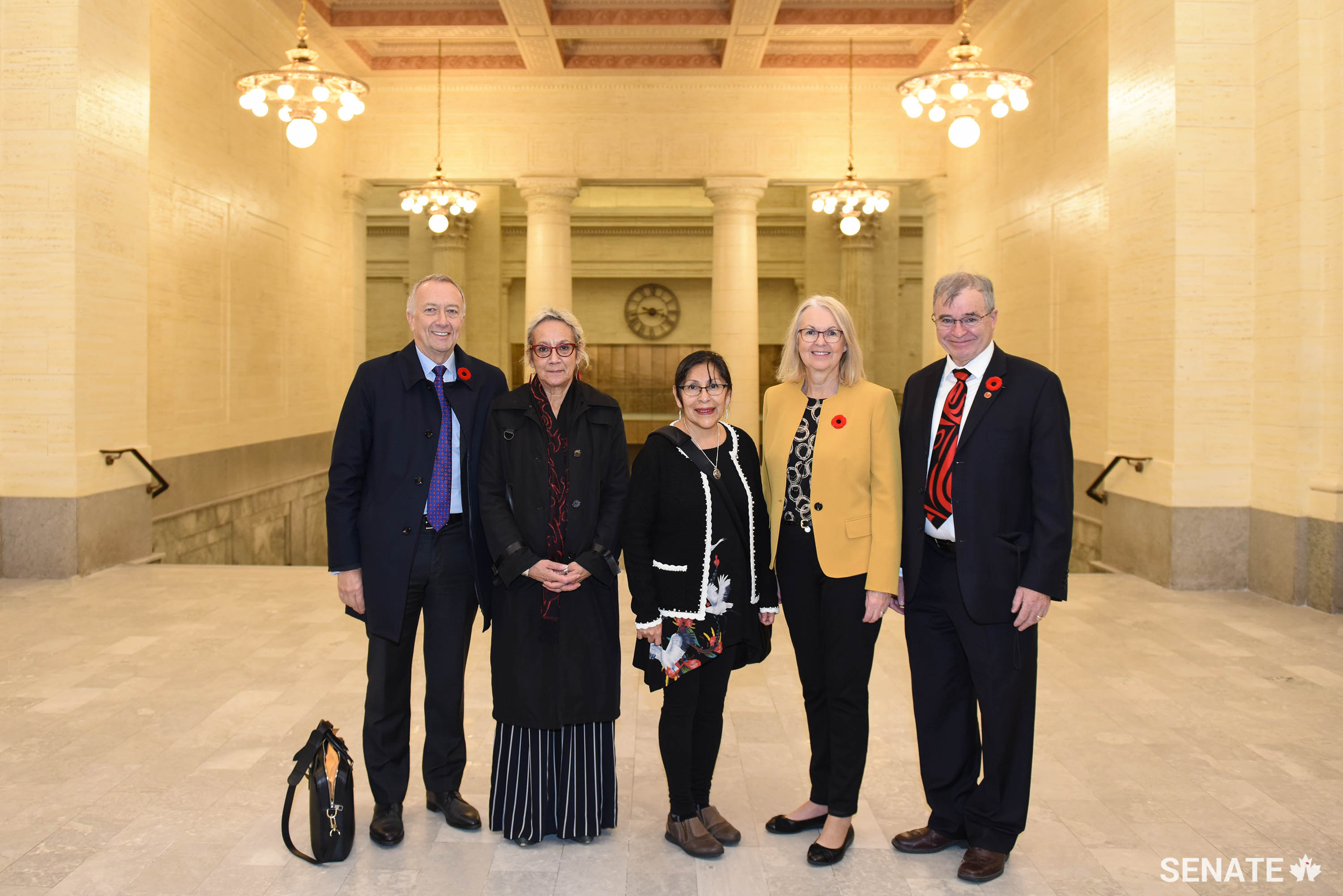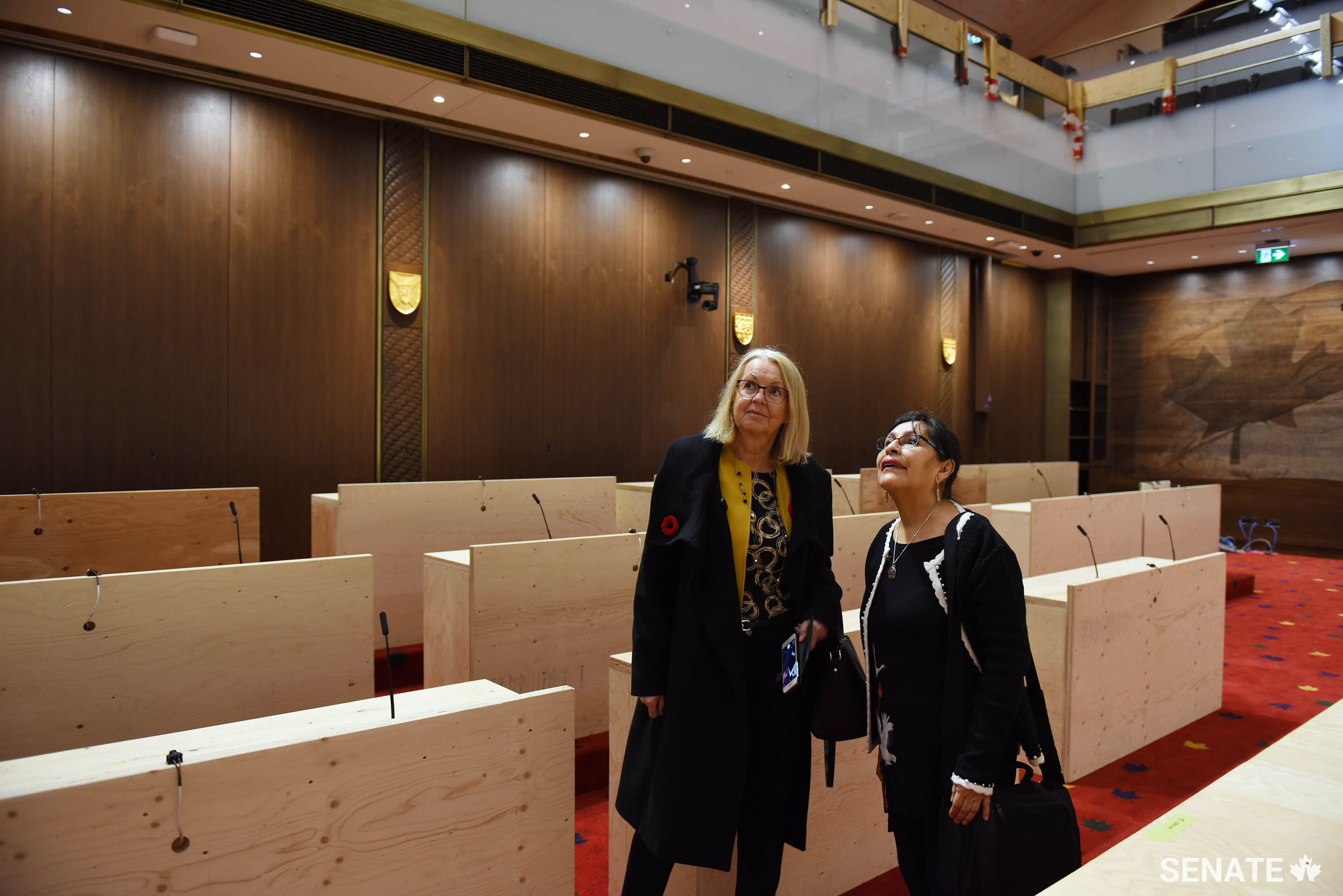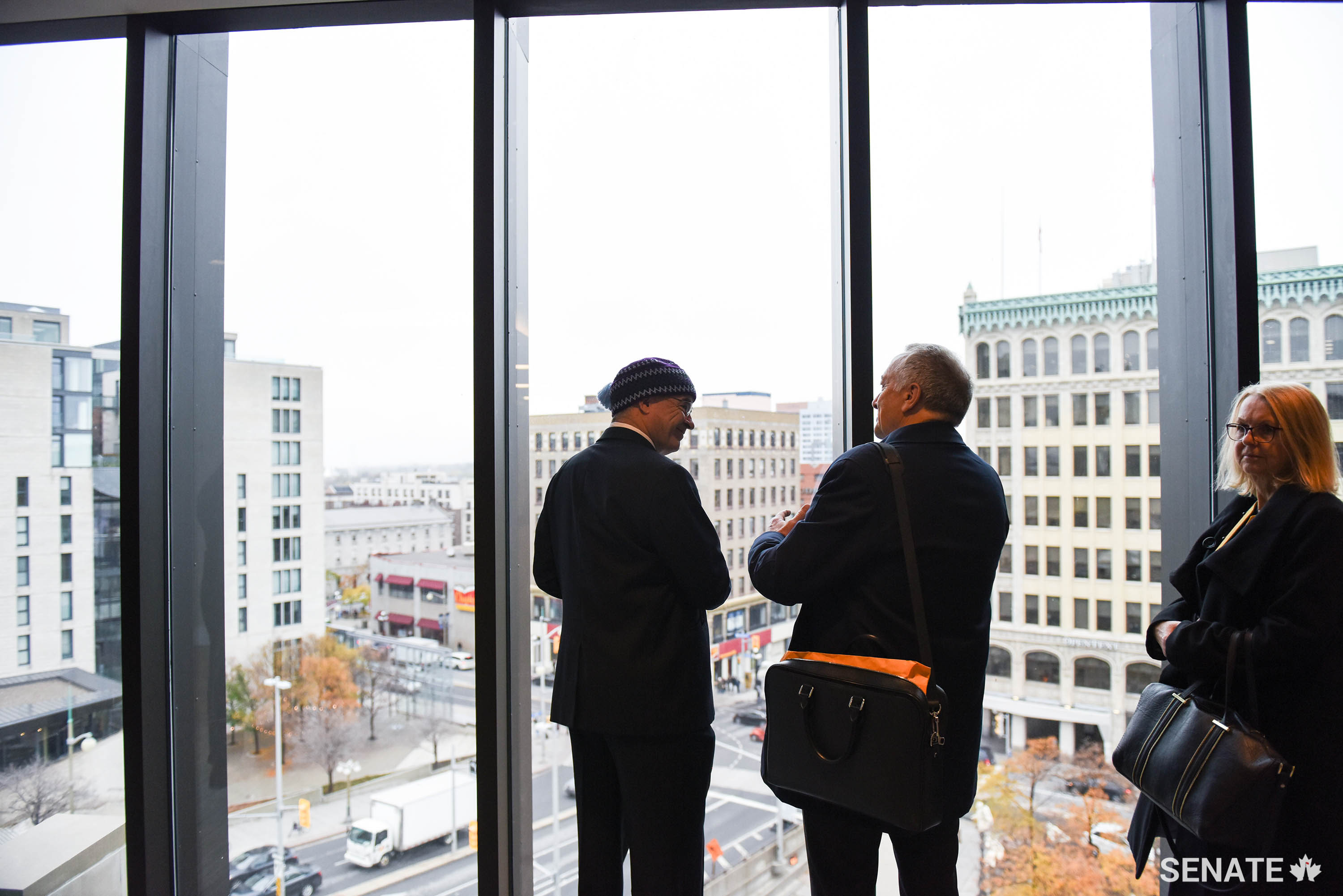Heritage restoration goes green at the Senate of Canada Building

This article is part of a series about the Senate of Canada’s move to the Senate of Canada Building, formerly known as the Government Conference Centre. In 2018, the Senate began to move into the building, a former train station built in 1912, while Parliament’s Centre Block — the Senate’s permanent home — is rehabilitated. The Senate will begin operating from the Senate of Canada Building in early 2019.
The savings to taxpayers will be approximately $200 million compared to the original proposal to find an alternative location on Parliament Hill. The Senate is expected to occupy its temporary location for at least 10 years.
Restoring the Senate of Canada Building to meet internationally recognized Green Globe environmental standards required a delicate balance between sustainability and heritage considerations.
Century-old buildings like this present a sustainability challenge; architects focused on areas in which they knew they could make the greatest contributions in reducing the building’s carbon footprint.
“Having the opportunity to rehabilitate this building and bring it back to life is such a major contribution, even just from an environmental perspective,” said KWC Architects’ Ralph Wiesbrock, who oversaw the Green Globe certification of the building.
“To lose this asset would be a great disservice to our cultural heritage.”
Energy, the indoor environment and water
The building’s thick limestone and brick masonry walls help keep it warm in the winter and cool in the summer. New heating and cooling systems were designed to complement this natural tendency to maintain a consistent interior temperature. All the mechanical-electrical systems and components were replaced with efficient, state-of-the-art equipment.
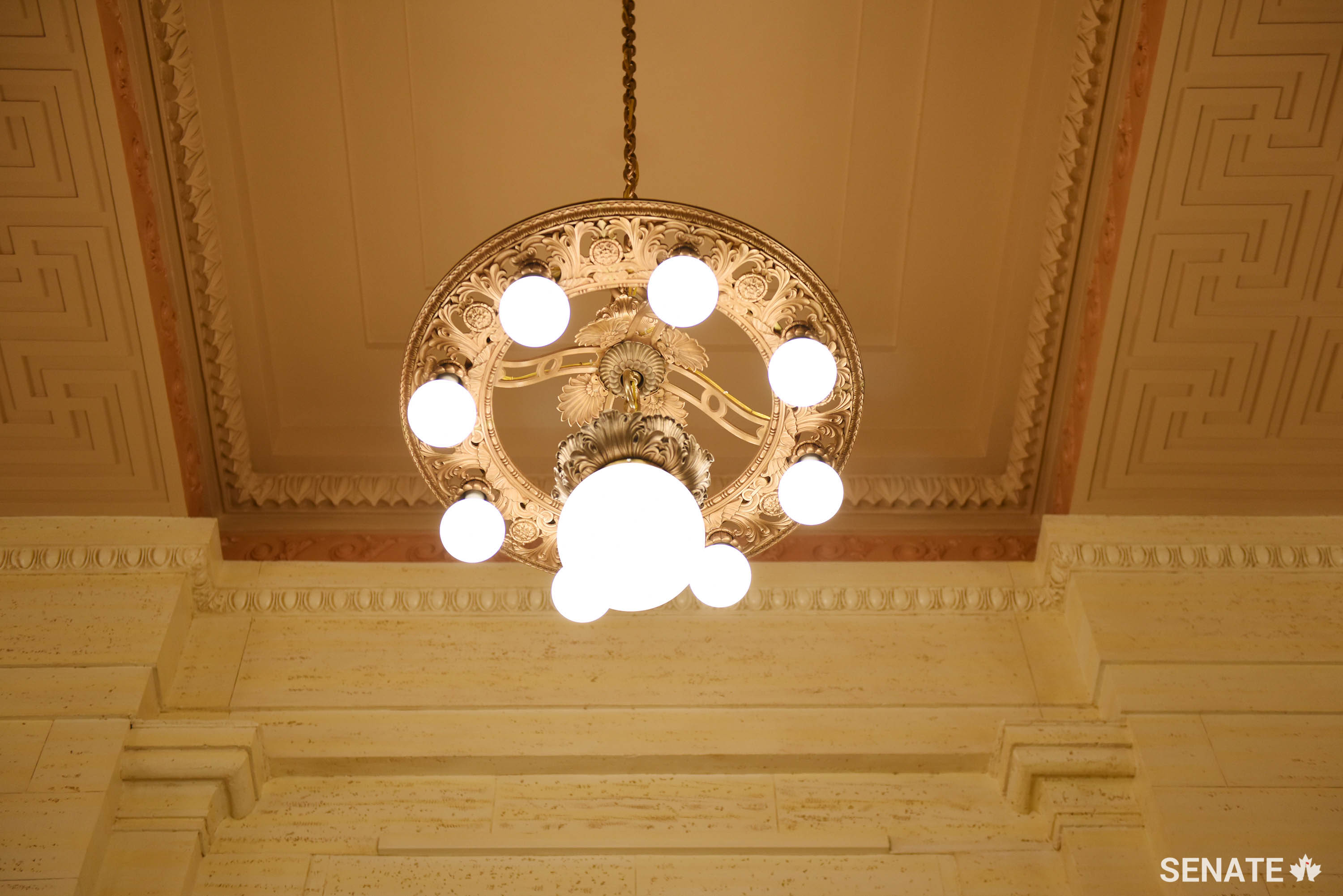

“The building now uses a state-of-the-art Building Automation System, which is a very sophisticated version of your home-programmable thermostat,” Mr. Wiesbrock said. “You can chill it down a little bit every evening and during the day, and you warm it up a little bit for when you get home in the evening.”
The building doesn’t use much water but architects still found opportunities to improve: water-saving fixtures were installed in kitchens and bathrooms, storm water that used to drain into the Rideau Canal was diverted into underground holding tanks to allow for controlled release into the municipal storm sewers and the building’s heating and cooling system draws its hot-and-cold water supply from the Cliff Street district plant.
Building materials
Architects didn’t have carte blanche when it came to the building’s finishes. Unique heritage features such as marble floors and limestone pillars, for instance, are irreplaceable. However, sustainably sourced materials, such as the drywall for partitions between offices, were used wherever possible.
“We’re able to get those products from manufacturing plants in Montreal, so, within a very close range,” Mr. Wiesbrock said. “The costs and environmental impact having to do with transportation and so forth are mitigated.
Restoring and re-using existing materials helped to keep waste out of landfills — with the added bonus that heritage features of the building were incorporated into renovated spaces.
Throughout the demolition process, 99% of materials were diverted from landfills.
Energy committee study
Members of the Senate Committee on Energy, the Environment and Natural Resources toured the Senate of Canada Building as part of their study investigating the impact of the low-carbon economy on buildings in Canada. The report examined policy and technology solutions for improving the energy and emission performance of new and existing buildings.
During the tour, senators learned about the challenges and successes the restoration project experienced on the way to earning three Green Globes.
“This sustainable restoration is a shining example of what can be done when we’re determined to get it right,” said Senator Rosa Galvez, chair of the committee. “Canadians can see it’s worth the effort to make these kinds of changes at home.”
Read the report, Reducing Greenhouse Gas Emissions from Canada’s Built Environment.
